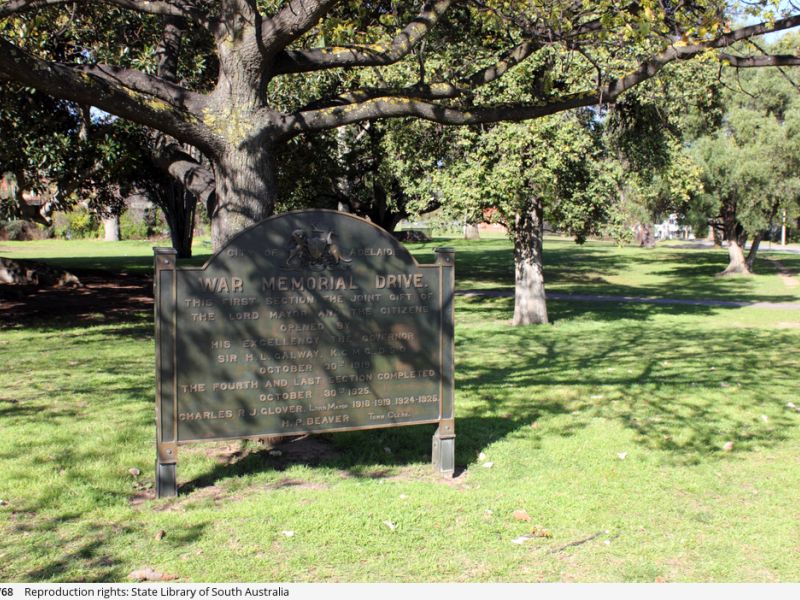Charles James Backman
Charles James Backman was born in Adelaide on 11 April 1884. A right-handed batsman and right-arm medium bowler, Blackman played one first-class match for South Australia where he made 16 runs and took 3/53. In September 1915 he was made a life member of the Adelaide District Cricket Club.
When the First World War broke out in 1914, Blackman enlisted and was posted to the 10th Battalion. He embarked for Egypt for training before being deployed to Gallipoli. On 25 April 1915 Blackman landed at Anzac Cove where Australians faced the steep slopes above the beach.
During the early days of the campaign, the allies tried to break through the Ottoman lines and while the latter tried to drive the allied troops off the peninsula. Concerted but unsuccessful allied attempts to break through in August included the Australian attacks at Lone Pine and The Nek. All attempts failed with thousands of casualties on both sides, and the ensuing stalemate continued for the remainder of 1915.
The Gallipoli campaign cost 8,141 Australian lives including that of Sergeant Charles James Backman, who died on the first day of the landing
Although Backman’s identity disc had been sent home to his family, it was months before they received word whether he was alive. The family wrote to the Minister of Defence several times, including one letter that read “… my dear mother is nearly out of her mind with grief so I thought by writing you could let me know something as I fear there is something wrong”.
There would be no news of his death until late 1916.
For families and communities that had been deeply scarred by war, memorials were an important means of expressing their grief. For many, these structures took on special significance, often becoming surrogate graves for soldiers whose bodies were missing, or buried in war cemeteries in foreign lands.
The plaque on War Memorial Drive, opposite Adelaide Oval, is dedicated in memory of those who lost their lives in the First World War.
At the opening of the memorial in 1919, the Governor of South Australia Sir Henry Gilway, remarked that the avenue would be one more memorial to the glorious dead who died at war.
 Australian War Memorial
Australian War Memorial